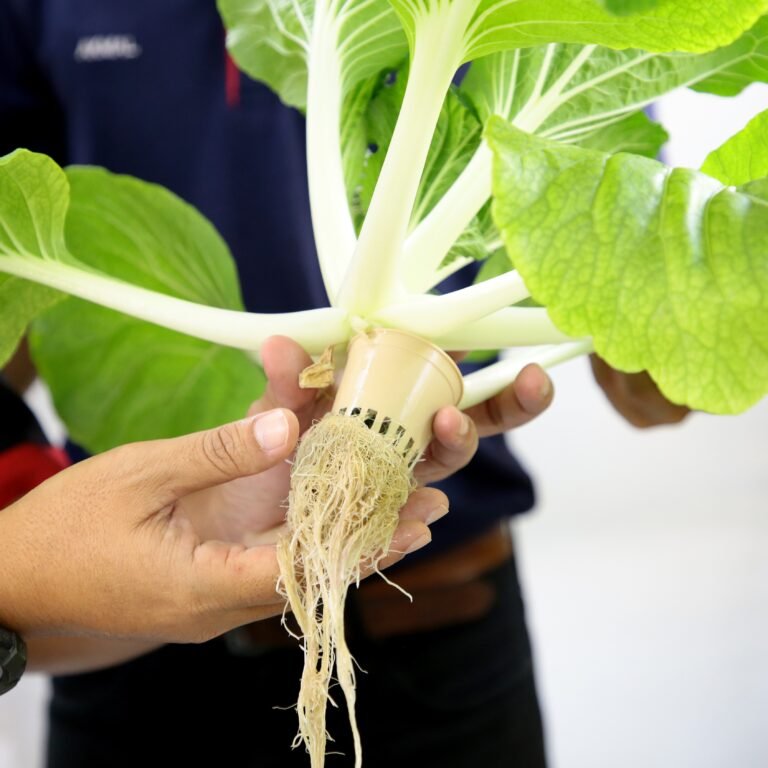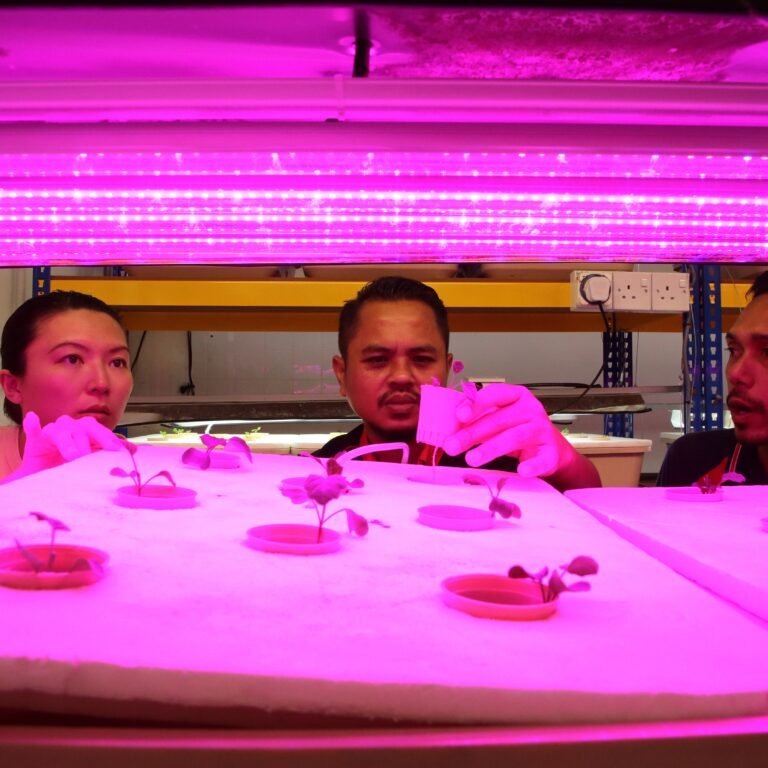The Rise of Regenerative Vertical Farming
As we look towards the future, the potential for human innovation knows no bounds. One area that is poised for incredible growth and transformation is agriculture. Traditional farming methods have served us well, but they are no longer sustainable given the challenges we face – climate change, population growth, and limited resources.
That’s where regenerative vertical farming comes in. This revolutionary approach to agriculture allows us to grow food in a way that is not only efficient and sustainable but also regenerative. By utilizing vertical space and leveraging cutting-edge technology, we can create a farming system that not only meets our current needs but also ensures a brighter future for generations to come.
A New Paradigm in Farming
Regenerative vertical farming represents a paradigm shift in how we produce food. Instead of relying on vast expanses of land, this method allows us to stack crops vertically, maximizing the use of space. By doing so, we can dramatically increase the yield per square foot, reducing the need for large-scale deforestation and protecting precious ecosystems.
But it’s not just about space efficiency. Regenerative vertical farming also takes advantage of advanced technologies like hydroponics and aeroponics. These soil-less cultivation methods use water and nutrient-rich solutions to grow plants efficiently. By providing plants with everything they need in a controlled environment, we can optimize growth and minimize waste. Additionally, these systems use less water compared to traditional farming methods, making them more sustainable in water-scarce regions.
A World of Possibilities
The possibilities with regenerative vertical farming are endless. Imagine a future where cities have their own self-sustaining food sources, eliminating the need for long-distance transportation and reducing carbon emissions. Picture a world where every household can grow their own fresh produce year-round, no matter the climate outside. With this innovative farming system, we can make these dreams a reality.
Regenerative vertical farming also opens up exciting opportunities for urban revitalization. By converting unused spaces like abandoned warehouses or old buildings into vertical farms, we can breathe new life into urban areas, creating jobs and fostering community engagement. These farms can also serve as educational hubs, teaching the next generation about sustainable food production and inspiring them to become active participants in shaping a more sustainable future.




